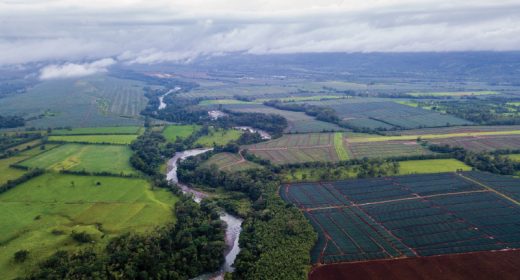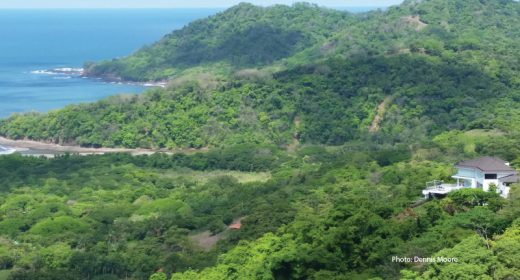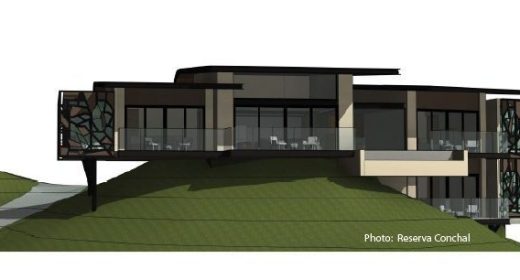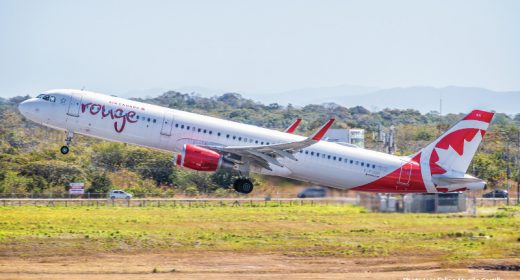
CR History in Photos – Quepos: A Brief History
- FEB 01, 2018Warning: count(): Parameter must be an array or an object that implements Countable in /home/howlermag/public_html/old/wp-content/themes/new-paper/includes/general.php on line 193
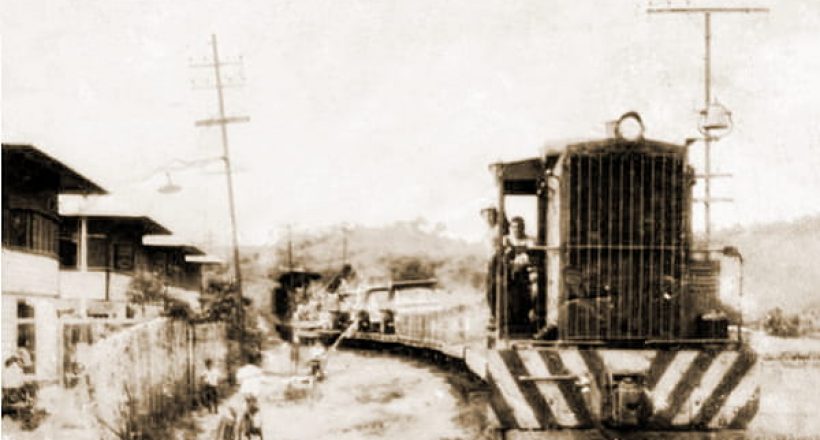
Your Lead Paragrpah goes here
[vc_row full_width=”full_width”][vc_column width=”2/3″][vc_column_text]The port of Quepos, gateway to today’s resort-rich enclave of Manuel Antonio, was first noted in recorded history in 1519 by the Spanish explorer Hernán Ponce de León, a nephew of the more famous Juan, the searcher for a fountain of eternal youth who discovered Florida.
The younger Ponce de León must have been captivated by the tranquil, aquamarine bay in Quepos, and surely longed to anchor and come ashore. But the welcoming committee waiting on the shore was less eternal youth and more like instant death — a band of angry natives shouting defiantly and brandishing weapons.
These were the Quepos, also known as the Quepoa, a warlike tribe believed to have emigrated from Colombia. Ponce de León never landed, leaving the job to Gil González Dávila, who led an expedition here on foot in 1523. He managed to exact tribute from the Quepos and reported to his superiors that this land was rich in gold.
Forty years later, the Spanish crown asked Costa Rican governor Juan Vázquez de Coronado to occupy and pacify this coast, and he led 70 soldiers overland in 1563. He managed to establish friendly relations with the Quepos, but the catch was that the Quepos wanted the Spaniards’ help in vanquishing their enemies, the Cotos (or Coutos, Coctos or Coctus).
[/vc_column_text][/vc_column][vc_column width=”1/3″][vc_message message_box_color=”danger” icon_fontawesome=”fa fa-picture-o”]A passion for historical photos
Photos are provided courtesy of José Gerardo Suárez Monge, author of “San José: 280 Years of History.” Suárez is a professional photographer and graphic designer with a degree in electrical engineering from the Tecnológico in Cartago, but his passion is collecting and analyzing historical photos — he has over 14,000. He has six books for sale, which are available at Librería Lehmann and the University of Costa Rica bookstore, or by calling 7062-3086 or 8794-7679. Facebook: Costa Rica Antigua e Inedita[/vc_message][/vc_column][/vc_row][vc_row full_width=”full_width”][vc_column][vc_single_image image=”4592″ img_size=”medium” add_caption=”yes” onclick=”link_image”][vc_single_image image=”4593″ img_size=”medium” add_caption=”yes” onclick=”link_image”][vc_single_image image=”4594″ img_size=”medium” add_caption=”yes” onclick=”link_image”][vc_single_image image=”4596″ img_size=”medium” add_caption=”yes” onclick=”link_image”][/vc_column][/vc_row][vc_row full_width=”full_width”][vc_column][vc_column_text]The Quepo chief, Cacique Corrohore, said the Cotos had raided his territory and captured his sister, Dulcehé. After a couple of tough battles, the Spanish overwhelmed the Cotos and liberated Dulcehé and other captives.
The Spanish subsequently became masters of this coastline, and the Quepos soon died out. By 1604 there were only 250 Quepos left, and a 1659 census recorded only 18 Quepo “slaves.”
Yet the difficulty of access to this remote coast meant that centuries passed before the area began to be colonized by Costa Ricans from the Central Valley in the late 19th century.
A major milestone came in 1923, when a man named Agathon Lutz Steiegele (or Stiequelle) established the Pirrís Farm Trading Co. to grow bananas — formerly a huge cash crop on the Caribbean that had been devastated by blight. By 1926, Pirrís was shipping bananas to San Francisco and Vancouver, as well as moving them to Puntarenas for rail transport to Limón, where they were exported to the eastern U.S. and Europe.
[/vc_column_text][/vc_column][/vc_row][vc_row full_width=”full_width”][vc_column width=”1/3″][vc_single_image image=”4597″ img_size=”full” add_caption=”yes” onclick=”link_image”][vc_single_image image=”4598″ img_size=”full” add_caption=”yes” onclick=”link_image”][/vc_column][vc_column width=”2/3″][vc_column_text]In the early 1930s, the United Fruit Co. (later Chiquita) bought out Pirrís and made Quepos a major center of operations on the Pacific coast. Workers by the thousands migrated here, and soon there was a dock, an “American zone,” a hospital and schools. Mangroves were replaced with landfill, and what is today downtown Quepos sprang up.
But in the mid-1950s, massive flooding destroyed banana plantations, and then a combination of banana blight and labor strife spelled the doom of the banana industry in Quepos. A new crop was discovered, African palm oil, that remains the region’s agricultural cash cow to this day.
But the real gold mine here would be tourism. In 1972, Manuel Antonio was declared a national park, and in the decades that followed, a string of high-end hotels sprang up on the breezy ridge between Quepos and the park. The economic impact of tourism dollars soon surpassed all other industries, and before long Manuel Antonio had become the most visited national park in Costa Rica.
The resplendent Marina Pez Vela, after a series of reversals related to the 2008 recession, was mostly complete by 2014, with restaurants, tour agencies, rent-a-cars and an airline. The hostile, impenetrable coast that Hernán Ponce de León laid eyes on 500 years earlier was now open for business and ready to welcome the world.
And it’s never looked back.
[/vc_column_text][/vc_column][/vc_row]





